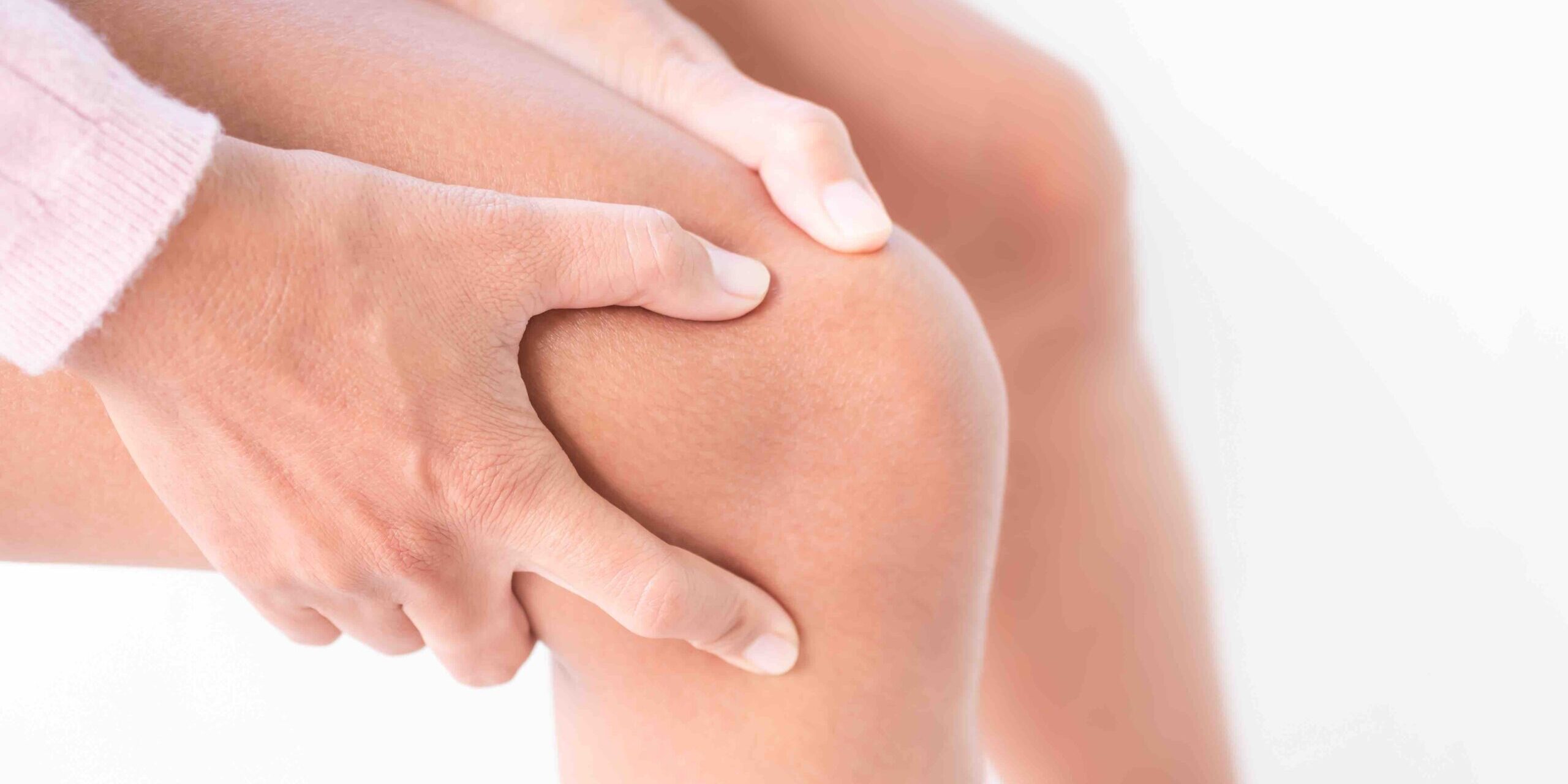Knee osteoarthritis (OA) results from degenerative changes to the cushion or cartilage between the bones of your knee joints. Today in the USA, 12.4 million people 65 and older have painful knee OA. Knee OA affects more women than men. Activities of daily living become more difficult if you have knee OA due to discomfort and pain.
People as young as 45 can have symptoms of knee OA. Personalized treatment programs are designed to help patients of all abilities and ages with this condition. You can reduce pain and improve movement or mobility with physical therapy treatments.
Improved quality of life with hands-on care, prescribed movements, and patient education can be achieved through a physical therapy treatment program.
You can directly contact a physical therapist for an evaluation. Physical therapists are known experts in movement.
Strengthening exercises and other osteoarthritis treatments.
Having knee osteoarthritis is sometimes a double-edged sword.
If you do not move your knees, they will become weaker, while overusing them can worsen joint and knee OA.
There needs to be a balance to keeping your knee joints moving just enough so they’re strong and healthy; physical therapy helps you do that.
With knee OA, the muscles surrounding the knee can weaken, and the knee joints can become stiff. This makes it difficult to do everyday tasks like walking or getting out of bed.
A 2000 study found that a combination of manual physical therapy and supervised exercise has functional benefits for patients with knee osteoarthritis and may delay or prevent the need for surgery.
Physical therapy reduces the pain, swelling, and stiffness of knee osteoarthritis and can help improve knee joint function. It can also make walking, bending, kneeling, squatting, and sitting easier.
The two main types of physical therapy—passive and active—can help make knee OA more manageable. With passive treatments, the physical therapist does the majority of the work. But with active treatments, you do more work, such as at-home exercises.
Common Passive Physical Therapy Treatments for Knee Osteoarthritis
- Cold therapy: By reducing circulation, cold therapy can help decrease swelling. For example, your physical therapist may place a cold compress on your knee joint.
- Heat therapy: Heat therapy results in increased blood flow to decrease stiffness in the knee joints and muscles surrounding the knee. For example, the physical therapist can place a warm heating pad on your knee joint to promote circulation.
- Hydrotherapy: Also sometimes referred to as aquatic therapy, this treatment uses water to decrease knee osteoarthritis symptoms. There are several advantages of hydrotherapy. For example, you can do gentle exercises in the water (which won’t aggravate your joints). Also, being in warm water can help facilitate motion and help you deal with pain and other knee OA symptoms.
Common Active Physical Therapy Treatments for Knee Osteoarthritis
- Strengthening exercises: Your physical therapist will show you specific exercises you can do at home to strengthen your muscles. Working out muscles in the leg can help make your knee joints stronger. Strengthening these muscles alone can help decrease the pain of knee OA.
- Flexibility exercises: Because knee OA often makes it hard to move, flexibility exercises are essential. Doing them regularly can help increase your range of motion, make your knees more flexible, and restore normal knee joint function.
Is Knee Osteoarthritis Preventable?
Regular exercising or physical activity benefits your mental, physical, and social health. The good news is it can also improve or prevent OA.
Ways Physical Therapy can help you prevent knee OA include:
Developing an appropriate exercise program.
Lack of physical activity significantly contributes to knee OA. To help decrease the stress on your knees, the physical therapist will help you perform exercises to strengthen the muscles of the knee and surrounding joints. These exercises also improve flexibility to maintain healthy knee cartilage and normal knee movement. A personalized treatment regimen designed by your physical therapist will improve flexibility and strength.
Weight loss.
Higher rates of knee OA occur in patients who are overweight—weighing too much increases the stress on your knee joint. The protective cartilage is worn away and leads to knee OA. Your physical therapist determines your level of fitness and designs an exercise program for you, along with potential lifestyle changes.
Modifying activities.
Your physical therapist will show you better ways to move and perform activities to reduce stress on your knees and body.
You are taking a “whole body” approach to movement.
Lack of strength, mobility, and flexibility in areas such as the ankle, hip, and spine also can affect the knee. Taking care of these areas is essential to help prevent knee OA. Your physical therapist will work with you to help ensure your whole body moves correctly.
Strengthening and flexibility exercises are essential because they help remove the knee’s strain.
Your physical therapist will create a physical therapy plan for you that may incorporate a combination of passive and active treatments for knee osteoarthritis.
Talk to your doctor about beginning a physical therapy program to treat your knee osteoarthritis so you can increase your daily activities. The earlier you treat knee OA; the better off you’ll be in the long run.
Physical Therapy
Physical Therapists can help improve or restore the mobility you need to move forward in your life.
Contact Synergy Physical Therapy and Wellness for an appointment: 440.260.7670








